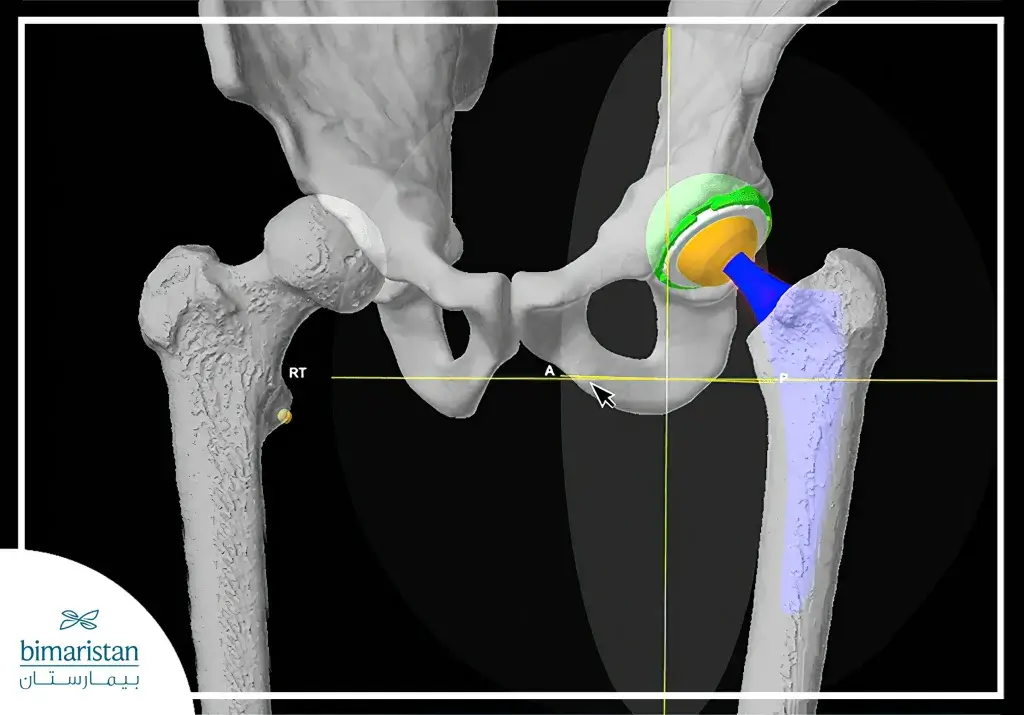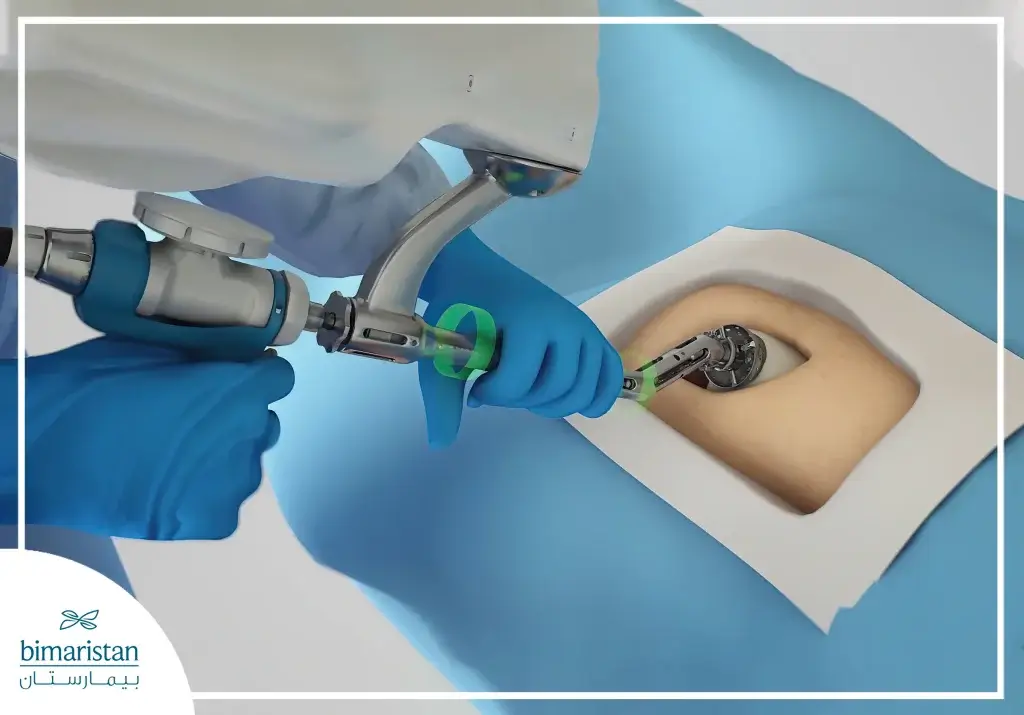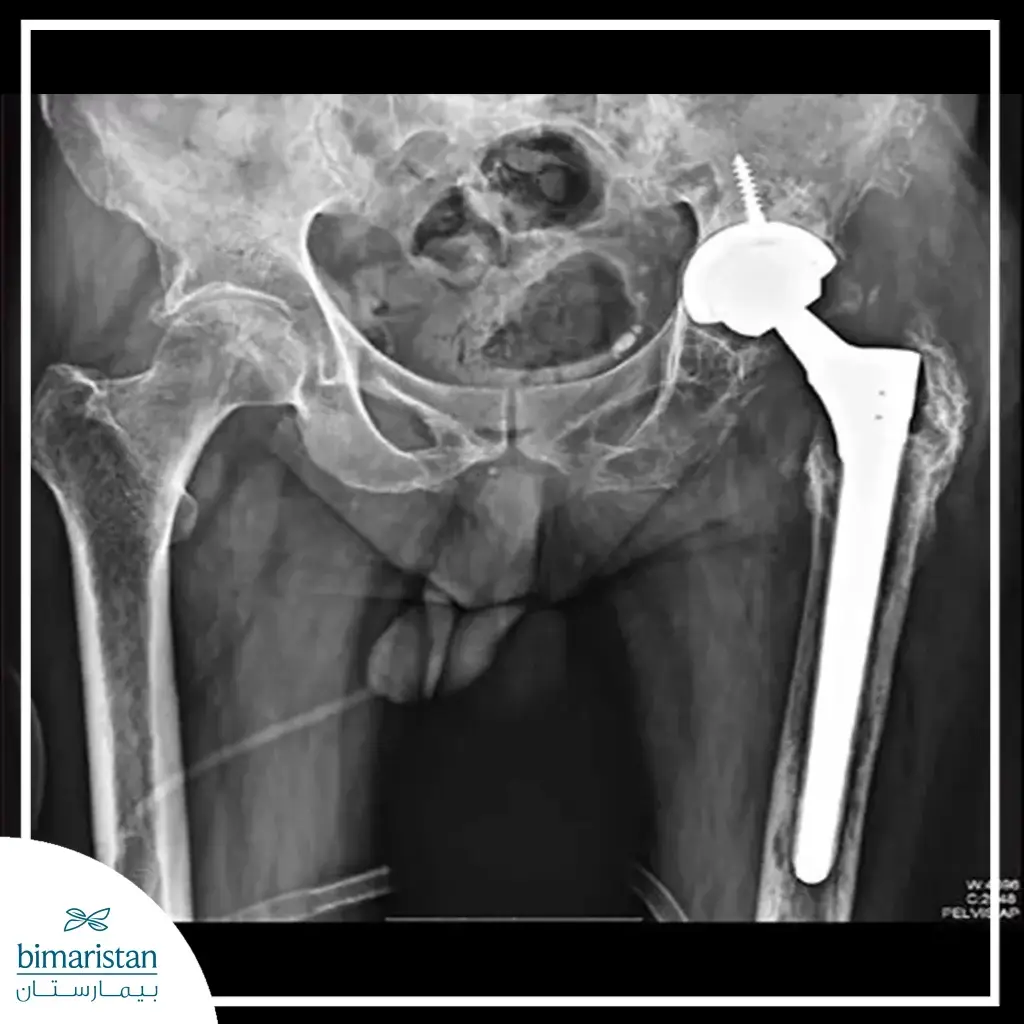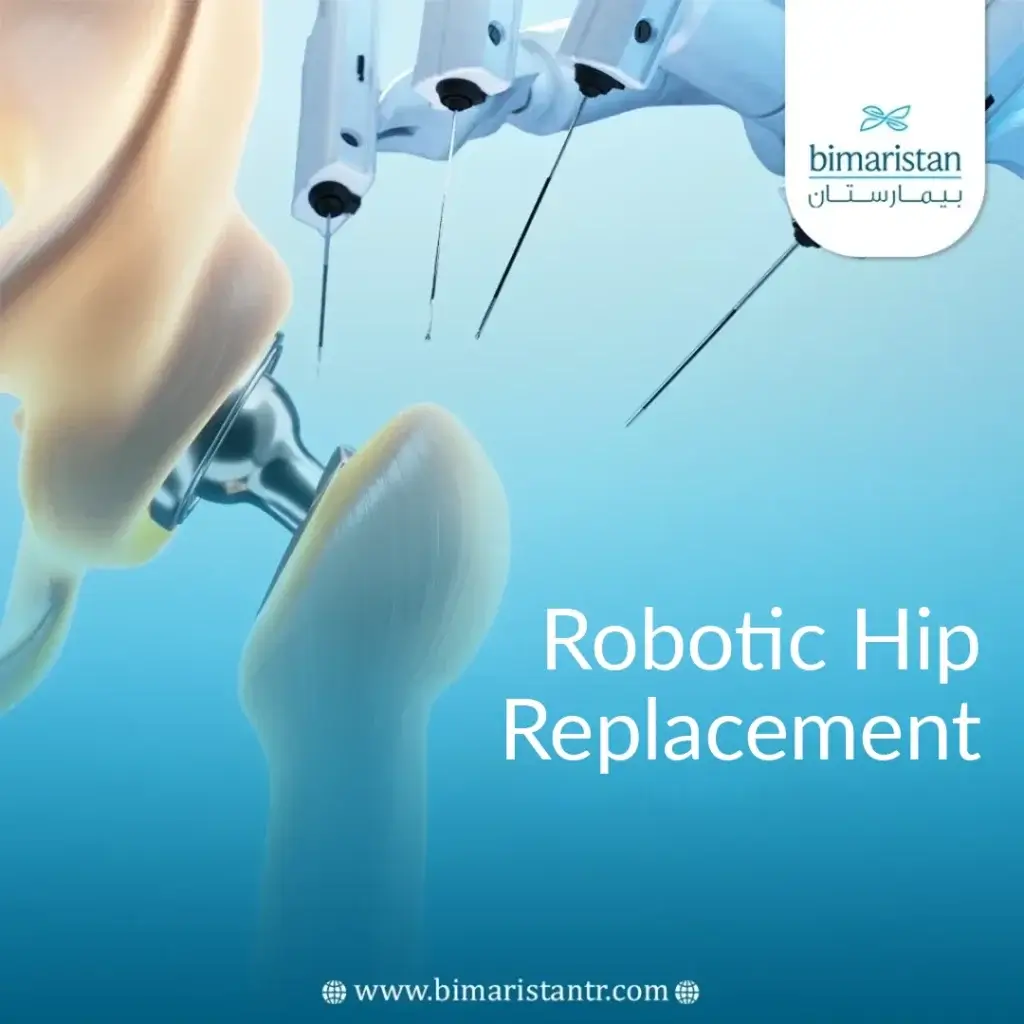In modern medicine, technology is advancing rapidly to offer innovative solutions to age-old health issues. One of these advanced solutions is robotic hip replacement surgery. This groundbreaking technology not only improves the accuracy of the surgery but also speeds up the recovery period and minimizes pain and potential complications.
When we talk about robotic hip replacement, we are entering a world of extreme precision and control. Surgical robots enable doctors to perform complex operations with more precision than the human hand, ensuring that the artificial joint is positioned best. This precision means the patient can enjoy better mobility and less pain after surgery.
Turkey, with its advanced medical infrastructure and a team of specialized doctors, has become one of the leading destinations for this type of surgery. It combines advanced technology and medical expertise, making it the perfect choice for patients seeking the highest level of care.
In this article, we’ll explore how robotic hip replacement surgery works, what benefits it offers, and why Turkey is one of the best places to have it done. Join us as we discover how technology can improve your life.
What is robotic hip replacement surgery?
Robotic hip replacement surgery in Turkey is a relatively new technique, although it has been used in overseas countries for almost ten years.
Its main goal is to help the surgeon achieve high precision when placing a hip or knee joint with a small incision.
Robot-assisted hip and knee replacements have already been proven to give excellent long-term results.
Several short-term studies have been conducted and published in medical journals to confirm its benefit on joint longevity.
As for long-term studies in this procedure, because robotics is relatively new, there are still no studies on how this technology affects “long-term” outcomes.

Benefits of Robotic Hip Replacement
Robot-assisted hip replacement has several benefits, including:
- Surgery is safer
- Healing is fast
- Smaller cracks
- Reduced bleeding
- Restore leg length
- Precision joint placement
- Less damage to the areas around the joint
In general, a healthy hip is very important to your health.
Arthritis or a hip injury can cause severe pain and reduce your mobility.
But if nonsurgical treatment doesn’t relieve your pain, a total hip replacement may help restore full joint health.
In this case, the robotic arm assists in hip surgery in three ways:
- Virtual surgery: Where the surgeon can perform a surgery before the actual surgery.
- During surgery: The robotic arm places a piece of equipment in the joint with great precision, preventing the surgeon from stepping outside the planned surgical area.
- 3D modeling: A 3D model of the joints is uploaded to the robotic arm’s computer, and cuts are made with extreme precision during surgery.
Using a robotic arm minimizes the risk of joint misplacement during hip replacement.
What can you expect during robotic hip replacement surgery in Turkey?
Before the surgery, you will receive anesthesia that will put you to sleep during the procedure.
During the surgery, the surgeon will make a small incision above your hip and remove the damaged parts of the joint. He or she will then insert the artificial hip joints.
The surgery usually takes about two to four hours. There is little blood loss during robotic arm surgery.
However, you can donate your blood if needed before the procedure.
Using a robotic arm during surgery can mean a faster recovery time.
The precision of the robotic arm helps protect the surrounding soft tissue and muscles.
This means there’s less to heal.
However, you may need to wear compression stockings to minimize the risk of blood clots.
You may also need blood-thinning medications.
At the beginning of your recovery, try light exercise. Then, slowly transition to low-impact activities, such as walking or dancing.
Common conditions that require robot-assisted hip replacement
Arthritis is the most common condition that damages the hip joint enough that it needs to be replaced. After all other treatments have been exhausted, such as stem cell injections or arthroscopic cleaning of the joint.
Other conditions that can damage the hips include:
- Fractions
- Bone growth
- Trauma or injury
- Age-related wear and tear
Hip replacement surgery can restore mobility and independence to many people with deteriorating bones and soft tissues due to arthritis, injury, and other issues.
For years, doctors have been manually replacing hips.
While many operations were successful, others were unsuccessful because the new hip made one limb longer or shorter than the other limb.
Now, with robot-assisted surgery, hip replacements have been an overwhelming success, and downtime has decreased dramatically.

The field of hip replacement surgery
Hip replacement surgery involves replacing your natural ball-and-socket hip joint with an artificial joint.
A metal stem with a ball at the end is implanted at the top of the femur – the large bone in your thigh – and a matching artificial socket is implanted in the hip area.
How robot-assisted hip replacement works
The hip replacement procedure begins with a computerized tomography (CT) scan of your hip joint, which generates a 3-D model of your bones.
During surgery, the robotic arm uses the pre-programmed sequence to operate.
If necessary, the doctor can adjust the information in real-time, a feature that helps the Mako robotics system adapt to changing conditions during surgery.
The surgical plan requires the arm to move only within a predetermined area, preventing variations during the procedure.
One of the biggest keys to successful hip replacement surgery is ensuring the replaced hip limb matches the length of the other leg.
Studies show that robotic-assisted surgery is five times better at matching leg length than traditional surgery.
The angle of the hip joint is another key factor in the success of the procedure as well, and here robotic techniques are more accurate than manual surgery.
Benefits of Robotic Hip Replacement Surgery
Due to the large size of the hip joint and prosthesis, manual surgical incisions can sometimes be larger and more numerous than they should be, leading to greater tissue disruptions.
Because the Mako robotic assist system is so precise, these disruptions are minimized, which may allow you to recover faster after your hip replacement.
You can be on your feet the same day and ready to start physical therapy in a day or two.
What does a robotic hip replacement surgery involve?
First, the patient is evaluated by an orthopedic surgeon to decide whether the patient is suitable for joint replacement surgery or not.
A specialized CT scan of the limb is then performed to map the bone anatomy and alignment of the leg.
The surgeon then develops a pre-operative surgical plan, including implant placement and sizing, using the robotic program and reviews it.
The surgeon-controlled robotic arm helps position the joint during surgery to achieve the desired plan.
The surgeon holds the robotic arm and provides live feedback with visual images and haptic feedback to the computer.

In conclusion, robotic hip replacement surgery in Turkey is an innovative option that combines modern medical technology and surgical expertise. With a robotic arm, precision can be achieved, and the risks of surgery can be minimized, contributing to a faster recovery and less pain.
Thanks to this advanced technique, patients can regain their active life and enjoy better mobility and a higher quality of life. So, if you are considering this procedure, Bimaristan in Turkey offers you an ideal medical environment to achieve the best possible results.
Sources:


